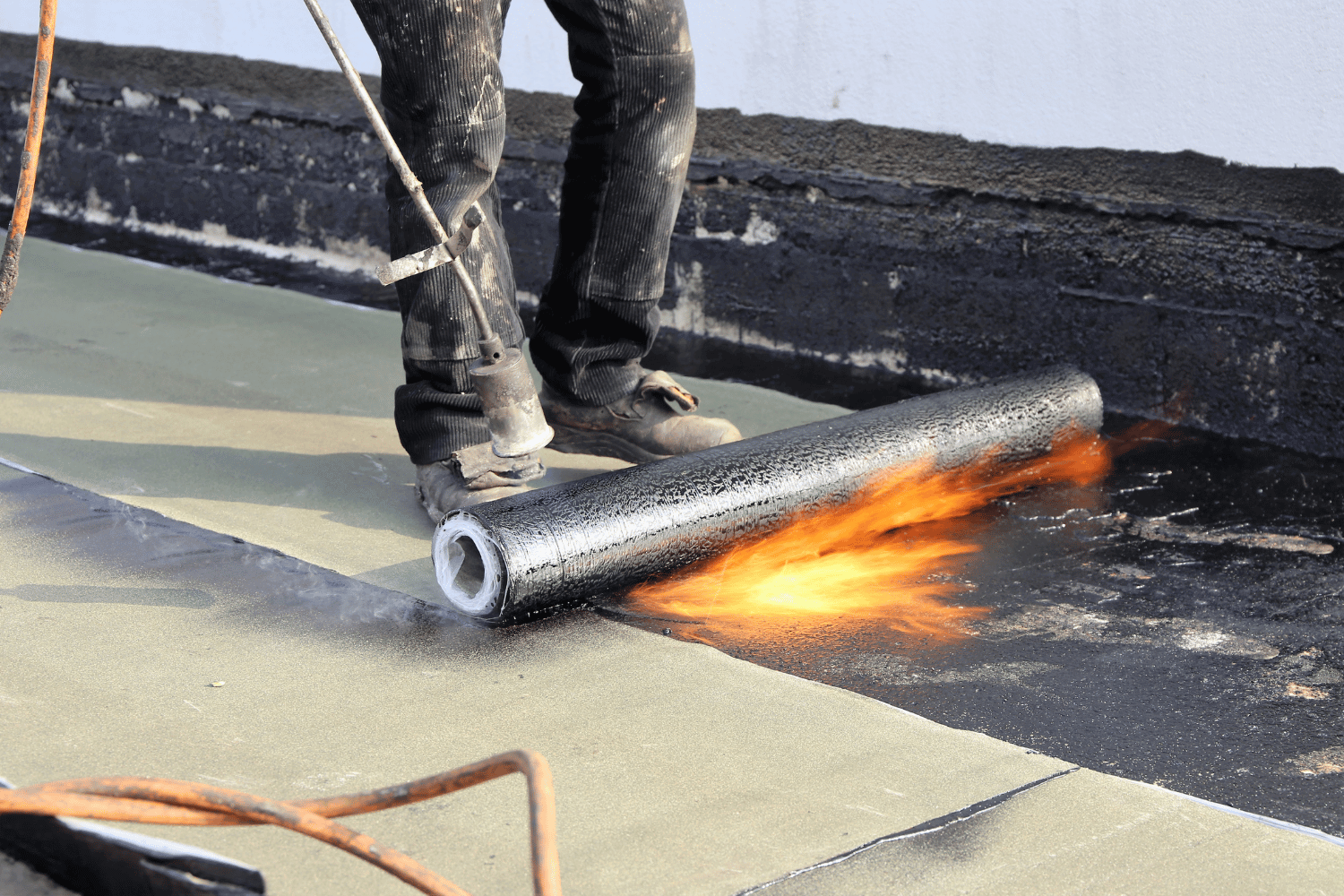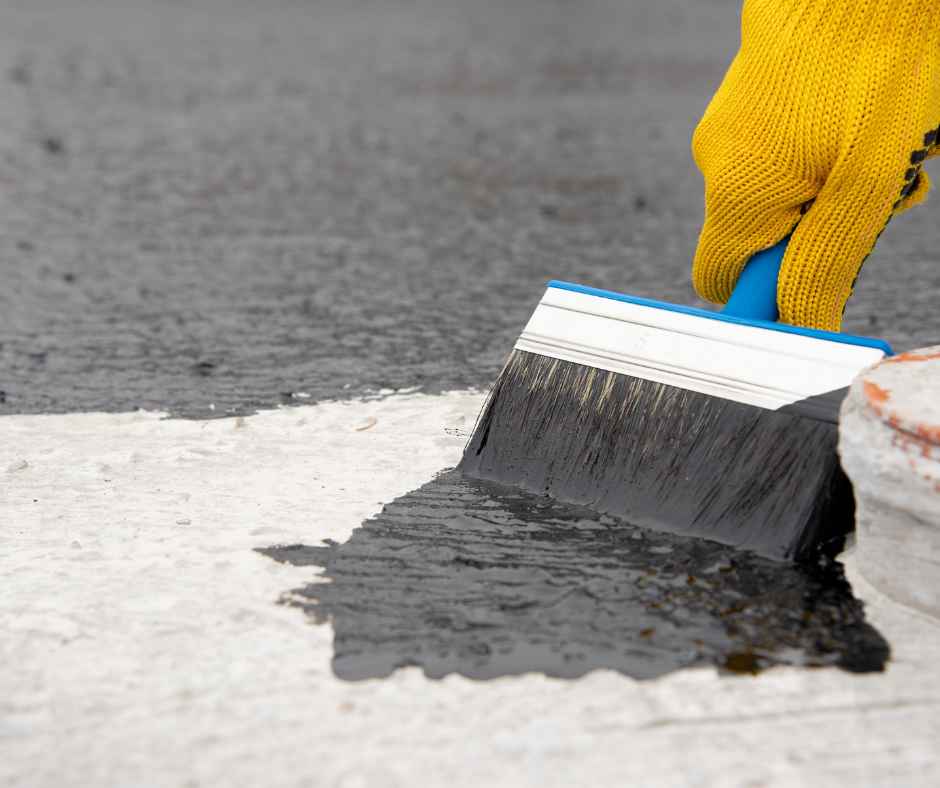Foundation waterproofing Omaha: How Often Should It Be Done?
Sorts of Waterproofing: Discovering the Numerous Approaches and Their Applications
Waterproofing is an important aspect of construction and maintenance. It protects structures from the harmful effects of water damage. There are numerous approaches readily available, each with its distinct applications and advantages. From membrane layer systems to cementitious services, recognizing these alternatives is essential for reliable application. The choice of waterproofing method can considerably affect sturdiness and durability. Checking out these different techniques discloses their unique advantages and possible challenges, prompting additional factor to consider of excellent options.
Membrane Waterproofing Solutions
Membrane waterproofing systems offer as a vital barrier versus water breach in different frameworks. These systems normally contain slim sheets made from products like rubber, thermoplastic, or asphalt, which are related to surface areas to stop wetness penetration. They can be mounted above or listed below grade and are particularly effective in areas vulnerable to high water exposure, such as basements, roof coverings, and foundations.The installment procedure includes cleaning up the substratum, applying adhesives or primers, and precisely fitting the membrane layer to assure complete insurance coverage. Membrane systems can be either totally adhered, mechanically connected, or laid loose, depending on the particular demands of the task. They provide resilience and versatility, suiting architectural activities without compromising their waterproofing abilities. These systems can be enhanced with additional layers for enhanced security. Inevitably, membrane layer waterproofing systems are vital for guarding frameworks versus water damages and keeping long-term stability.
Liquid-Applied Waterproofing Coatings
Liquid-applied waterproofing coverings offer a versatile service for safeguarding surfaces from water infiltration - Water Solutions Omaha. These finishings contain fluid materials that, when used, develop a seamless, adaptable membrane. Their versatility permits for application on numerous substrates, including concrete, steel, and wood. The coatings can be made use of in varied settings, from residential to industrial settings, making them ideal for roofings, structures, and below-grade structures.One considerable advantage of liquid-applied finishings is their ability to satisfy irregular shapes and permeate splits, developing a robust barrier versus wetness. They often show exceptional adhesion homes and resistance to UV radiation, ensuring long life and longevity. Furthermore, the application process is normally simple, enabling for fast setup and lowered labor prices. This approach also lessens the threat of water pooling, as the constant layer efficiently routes water away from prone areas. Overall, liquid-applied waterproofing coatings are a reliable choice for detailed water security
Cementitious Waterproofing Solutions

Cementitious waterproofing solutions supply a robust alternative for frameworks needing reliable moisture defense. These systems largely use a mix of cement, sand, and chemical ingredients to produce a waterproof barrier. They are often applied to surfaces such as concrete walls, structures, and floors, providing a sturdy, durable defense against water intrusion.One of the crucial benefits of cementitious waterproofing is its ease of application; it can be applied making use of a brush, roller, or spray, making it appropriate for different project dimensions. In addition, this approach works with numerous surface areas and can usually be used together with other waterproofing techniques.Cementitious services are specifically effective in settings where water direct exposure is a worry, such as basements or below-grade structures. Their outstanding adhesion homes assure that they bond well with substrates, providing a strong and impenetrable layer versus his comment is here moisture penetration.
Bentonite Waterproofing
Bentonite waterproofing is an extremely efficient technique that makes use of salt bentonite clay to develop an all-natural obstacle against water. This strategy makes use of the special buildings of get redirected here bentonite, which expands upon contact with water, securing any kind of possible leakages and stopping moisture infiltration. It is typically utilized in various applications, consisting of structure wall surfaces, passages, and retaining wall surfaces, where water resistance is essential.Bentonite can be used in several kinds, such as panels or blankets, supplying convenience in installation. Its capacity to self-seal makes it an attractive choice for locations based on changing soil or fluctuating water levels. In addition, bentonite waterproofing is eco-friendly, as it is an all-natural product that does not present unsafe chemicals right into the environments.
Water Drainage and Outside Waterproofing Equipments
Reliable waterproofing commonly involves a combination of strategies, including water drainage and exterior systems. Drainage systems, such as French drains and sump pumps, are developed to redirect water far from structures, reducing hydrostatic stress against structures. These systems are essential in avoiding water build-up that can result in structural damages and mold growth.External waterproofing, on the various other hand, includes using safety barriers to the structure's outside. Techniques such index as the setup of waterproof membrane layers, coatings, or sealants can aid prevent water infiltration. This technique not only secures the structure however likewise enhances the general durability of the structure.Together, drain and outside waterproofing systems create a comprehensive service to manage water properly. By executing these strategies, residential property proprietors can safeguard their investments versus the destructive effects of dampness, ensuring long-term stability and safety and security for their structures.
Often Asked Questions
How Do I Select the Right Waterproofing Technique for My Task?
Selecting the right waterproofing approach depends on elements such as task kind, ecological conditions, budget plan, and desired longevity. Examining these facets permits for educated decisions customized to details demands and needs.

Can Waterproofing Be Applied in Winter Conditions?
Waterproofing can be applied in winter problems, but it requires particular materials and methods. Cold temperature levels might influence curing times and adhesion, demanding cautious selection of products designed for low-temperature application.
What Are the Usual Indications of Waterproofing Failing?
Common indications of waterproofing failing consist of noticeable water spots, peeling off paint, moist odors, mold growth, and cracks in walls or structures. Water Solutions. These signs recommend that wetness is passing through the obstacle, compromising its performance
The Length Of Time Does Waterproofing Last Before Requiring Upkeep?
The long life of waterproofing differs, usually lasting in between 5 to ten years. Factors such as material top quality, ecological conditions, and upkeep practices affect its resilience, demanding routine evaluations to ensure effective security against water invasion.
Are There Eco-Friendly Waterproofing Options Available?
The inquiry of green waterproofing choices reveals a growing interest in lasting materials (Foundation waterproofing Omaha). Various natural materials, such as plant-based sealers and recycled items, supply reliable services while reducing ecological influence, attracting eco conscious consumers